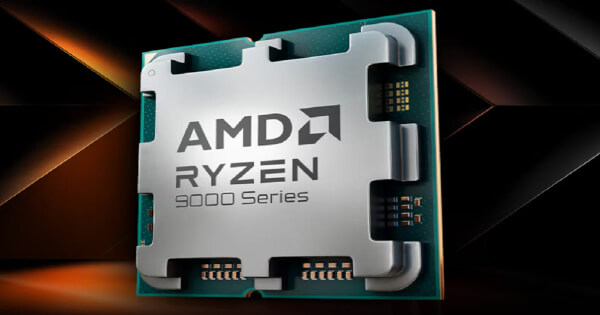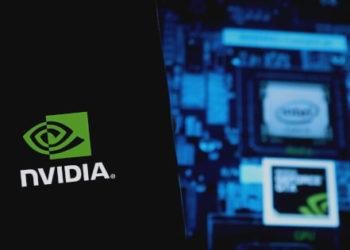Rongchai Wang
Aug 23, 2024 07:18
AMD’s generative AI solutions, including the MI300X accelerator and ROCm software, are transforming business operations. Discover how AMD is leading the AI revolution.
Generative AI has the potential to revolutionize various business operations by automating tasks such as text summarization, translation, insight prediction, and content generation. However, fully integrating this technology presents significant challenges, particularly in terms of hardware requirements and cost. According to AMD.com, running a powerful generative AI model like ChatGPT-4 may require tens of thousands of GPUs, with each inference instance incurring significant costs.
AMD’s Innovations in Generative AI
AMD has made substantial strides in addressing these challenges by offering powerful solutions aimed at unlocking the potential of generative AI for businesses. The company has focused on data center GPU products like the AMD Instinct™ MI300X accelerator and open software such as ROCm™, while also developing a collaborative software ecosystem.
High-Performance Hardware Solutions
The AMD MI300X accelerator is notable for its leading inferencing speed and massive memory capacity, which are critical for managing the heavy computational requirements of generative AI models. The accelerator offers up to 5.3 TB/s of peak theoretical memory bandwidth, significantly surpassing the 4.9 TB/s of the Nvidia H200. With 192 GB of HBM3 memory, the MI300X can support large models like Llama3 with 8 billion parameters on a single GPU, eliminating the need to split the model across multiple GPUs. This large memory capacity allows the MI300X to handle extensive datasets and complex models efficiently.
Software Ecosystem and Compatibility
To make generative AI more accessible, AMD has invested heavily in software development to maximize the compatibility of its ROCm software ecosystem with NVIDIA’s CUDA® ecosystem. Collaborations with open-source frameworks like Megatron and DeepSpeed have been instrumental in bridging the gap between CUDA and ROCm, making transitions smoother for developers.
AMD’s partnerships with industry leaders have further integrated the ROCm software stack into popular AI templates and deep learning frameworks. For instance, Hugging Face, the largest library for open-source models, is a significant partner, ensuring that almost all Hugging Face models run on AMD Instinct accelerators without modification. This simplifies the process for developers to perform inference or fine-tuning.
Collaborations and Real-World Applications
AMD’s collaborative efforts extend to its partnership with the PyTorch Foundation, ensuring that new PyTorch versions are thoroughly tested on AMD hardware. This leads to significant performance optimizations, such as Torch Compile and PyTorch-based quantization. Additionally, collaboration with the developers of JAX, a critical AI framework developed by Google, facilitates the compilation of ROCm software-compatible versions of JAX and related frameworks.
Notably, Databricks has successfully utilized AMD Instinct MI250 GPUs in training large language models (LLMs), demonstrating significant performance improvements and near-linear scaling in multi-node configurations. This collaboration showcases AMD’s capabilities in handling demanding AI workloads effectively, offering powerful and cost-effective solutions for enterprises venturing into generative AI.
Efficient Scaling Techniques
AMD employs advanced 3D parallelism techniques to enhance the training of large-scale generative AI models. Data parallelism splits vast datasets across different GPUs, processing terabytes of data efficiently. Tensor parallelism distributes large models at the tensor level across multiple GPUs, balancing the workload and speeding up complex model processing. Pipeline parallelism distributes model layers across several GPUs, enabling simultaneous processing and significantly accelerating the training process.
These techniques are fully supported within ROCm, allowing customers to handle extremely large models with ease. The Allen AI Institute, for example, used a network of AMD Instinct MI250 Accelerators and these parallelism techniques to train their OLMo model.
Comprehensive Support for Enterprises
AMD simplifies the development and deployment of generative AI models by employing microservices that support common data workflows. These microservices facilitate data processing and model training automation, ensuring that data pipelines run smoothly. This allows customers to focus on model development.
Ultimately, AMD’s commitment to its customers, regardless of their size, sets it apart from competitors. This level of attention is particularly beneficial for enterprise application partners that may lack the resources to navigate complex AI deployments independently.
Image source: Shutterstock
Credit: Source link












































